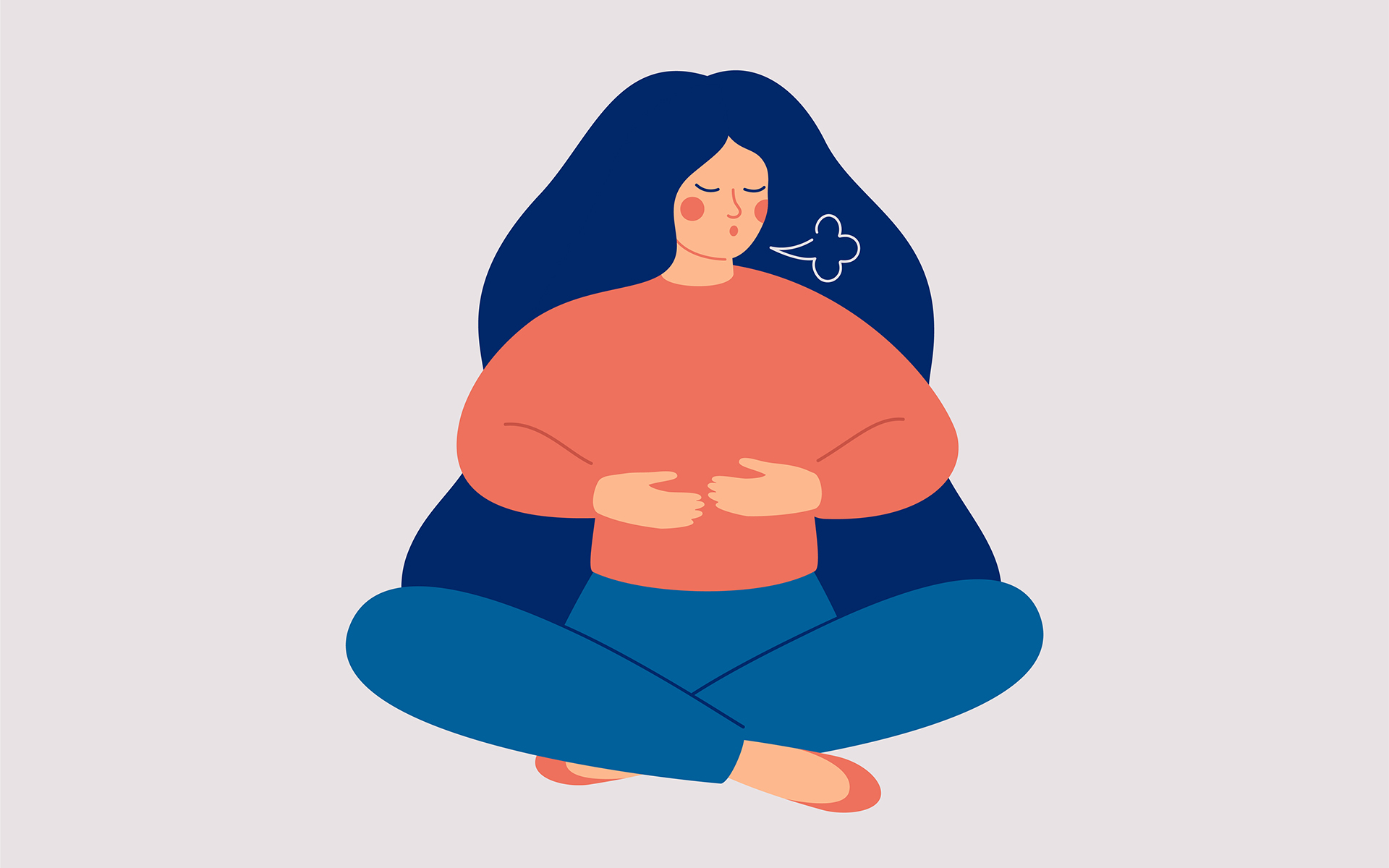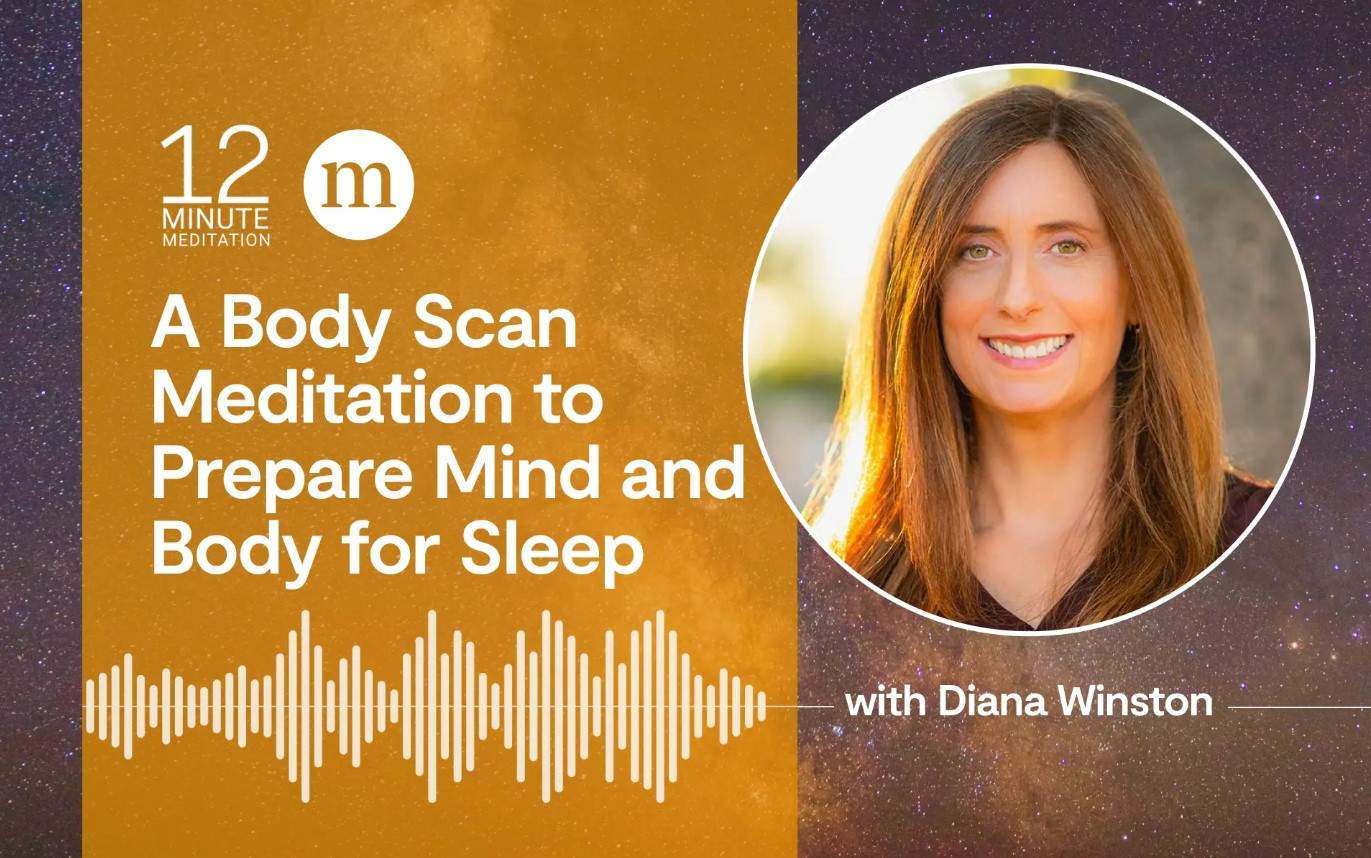1. Emotional Spillover: Protecting First Impressions
Everyday events—from a traffic snarl to a stubbed toe—evoke emotional highs and lows. Remarkably, we rarely let one negative experience taint our first impressions of new people or situations. A recent study published in the journal Psychological Science uncovered a neural mechanism that shields us from this “emotional spillover.”
2. The Left Lateral Prefrontal Cortex: Your Internal Regulator
The key player is the left lateral prefrontal cortex (lPFC), a brain region known for controlling impulsive urges—such as choosing healthier food over junk food. When the lPFC functions optimally, it filters out residual emotions, keeping our judgments clear‑headed.
3. Disrupting the lPFC: Insights from TMS and Brain Damage
To test the lPFC’s role, researchers used transcranial magnetic stimulation (TMS) to temporarily “knock out” the region—or examined participants with focal brain damage. Disruption led to reduced self‑control and heightened susceptibility to environmental influences.
4. Study Design: TMS “Knockout” and Neutral‑Face Ratings
In a controlled experiment, 27 volunteers received TMS to inhibit their lPFC or a control area. They then viewed 144 neutral faces, each flashed briefly after a happy or fearful expression. Participants rated likeability on a 1–4 scale. Emotional spillover—where fearful‑preceded faces were judged less likable—emerged only when the lPFC was offline.
5. Persistence of Emotional Spillover: Three‑Day Follow‑Up
Remarkably, three days later—long after TMS effects faded—participants still rated the same faces in line with their original emotional context. This persistence underscores the lPFC’s causal role in decoupling past emotions from new judgments.
6. Individual Differences: From Person to Person and Mental Health
Emotional spillover varies from person to person and is amplified in those with impaired lPFC function—such as individuals with anxiety or depression. Contextual factors like event intensity and awareness of emotional influence also modulate spillover.
7. Applications and Future Directions: Mindfulness and Beyond
Understanding this built‑in shield opens avenues for enhancing emotion regulation. Practices like mindfulness meditation have been shown to alter neural responses to emotional stimuli, suggesting a path to strengthen lPFC‑mediated control.
8. Conclusion: Strengthening Our Built‑In Shield
This research brings us closer to limiting emotional spillover beyond our brain’s natural capacity—ensuring that a stubbed toe or a rough commute won’t cloud our next opportunity to meet a new friend.






